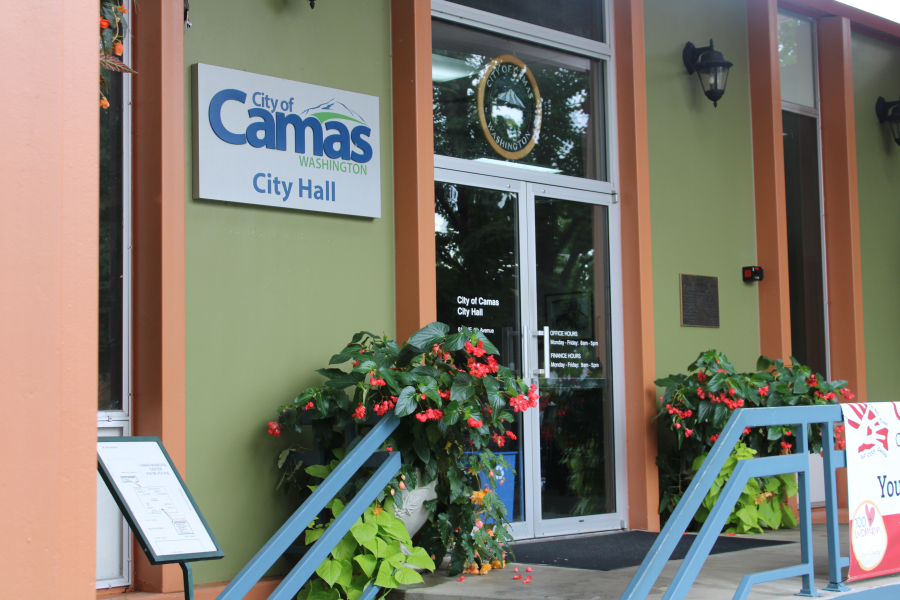City of Camas officials will soon reach out to the public for ideas on how best to spend the nearly $7 million in COVID-19 relief funds the city will receive from the 2021 American Rescue Plan Act.
“We’re working … to make sure we get as much information from the community as possible,” Camas Finance Director Cathy Huber Nickerson told the Camas City Council on Sept. 7.
The city will gather ideas from the public through its online Engage Camas and Balancing Act tools, Huber Nickerson said, and likely place information in citizens’ utility bills.
“We’ll try to reach as many people as possible,” Huber Nickerson told Camas Interim Mayor Ellen Burton, after Burton asked how residents who didn’t have access to the online Engage Camas platform might contribute their ideas for the city’s COVID-19 relief funds.
The city is set to receive a total of $6.8 million from the American Rescue Plan, which President Joe Biden signed into law in March 2021. The city received its first installment of $3.4 million in June, and will receive an additional $3.4 million next year, in June 2022.




